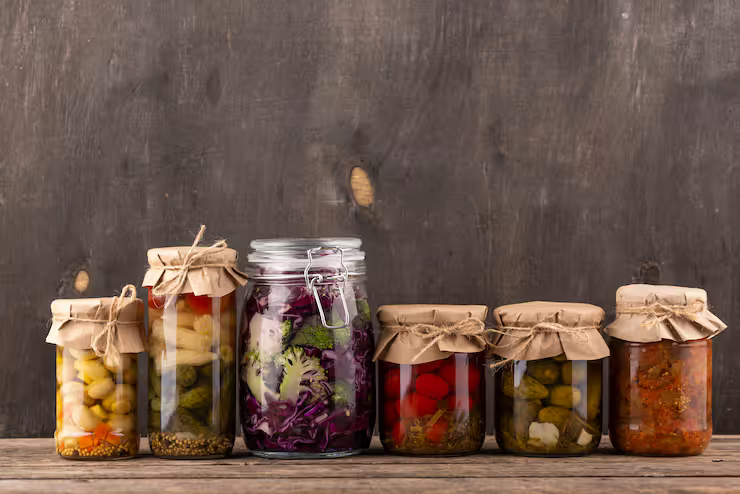Learn About Glass Containers: Insights, Details, and Important Knowledge for Beginners
Glass containers are rigid ships made of silica-based materials, usually used to store liquid, fixed and semi-bases. They include jars, bottles, vials and other packaging items found in daily life.
The concept of glass containers exists as societies always require durable, safe and redirected packaging solutions. Unlike metals or plastic, glass provides openness, chemical resistance and recycling, which is ideal for food, drink, medicines and cosmetics.

Why do glass containers mean something today and what problems do they solve
Glass containers play an essential role in modern industries and daily routines. Grows because of their meaning:
-
Cleanliness: It contradicts better heat, pressure and pollution from many options.
-
Cultural and practical values: Glass containers are widely used in kitchens, laboratories and health services.
-
Stability goals: Glass supports environmentally friendly packaging and reduces the dependence of disposable plastic.
Problems they solve include pollution, reduce landfill printing and provide safe storage solutions in industries.
How Laws, Guidelines and Programs affect glass containers
The production and use of glass container is directed by several rules worldwide. These guidelines usually address health, safety and environmental issues:
-
Food security regulations: Standards ensure that the glass used in food and drink packaging is not -toxic and resistant to pollution.
-
Medication standards: Law defines which types of glass are acceptable for medicines and vaccines to protect chemical stability.
-
Recycling Mandate: Many countries require glass collection goals, and push industries against high recycling rates.
-
Stability Program: National policies promote glass as a preferred plastic option to achieve carbon deficiency targets.
-
Transport and labeling rules: Containers must complete labeling and safety guidelines under trade and export.
These guidelines ensure that consumers of glass containers meet both expectations and environmental goals.
Accessories and resources to learn about glass containers
You can detect different tools and resources to better understand the first glass containers and their effects:
-
Recycling calculator: Show how much energy and emissions are stored by glass recycling.
-
Design software: Container for packaging development helps to imagine shapes and thicknesses.
-
Material Safety Guide: Provide information on different glass characters and their use.
-
Industry Report: Provide statistics and forecast on glass container production and recycling.
-
Education platform: Basic about glass production, stability and environmental science.
Frequently asked questions
Are glass containers better than plastic containers?
Glass is often considered better for health and the environment, as it does not bite chemicals and is infinitely recycled, although it is heavy for transport.
Can glass containers be used in microwave or oven?
Yes, heat -resistant glass types such as borosilicate microwlets and stoves are safe, but not all glass is designed for high heat.
How often can glass be recycled?
Glass can be recycled indefinitely without losing its quality or purity.
Why are some glass container colors?
Coloring, such as amber or green, prevents light -sensitive materials such as medicines and drinks.
Does glass containers break easily?
While traditional glass can break, modern production creates strong, influential design that reduces fragility.
Conclusion
Glass containers are more than everyday objects; They represent a long -term solution for safe storage, durable packaging and cultural practice. Their significance lies in health protection, durability and recycling, making them valuable in industries.
Recent trends show significant progress in mild construction, smart marking and recycling technologies. At the same time, rules around the world ensure that the glass continues to meet safety and environmental standards.
For beginners, it is not just understanding glass containers about knowing the content and use, but also about recognizing their role in solving modern challenges such as waste management, energy savings and durable life.
By being informed about equipment, resources and political changes, individuals can better appreciate their role in the daily importance of glass containers and their role in shaping the more environmentally friendly future.
